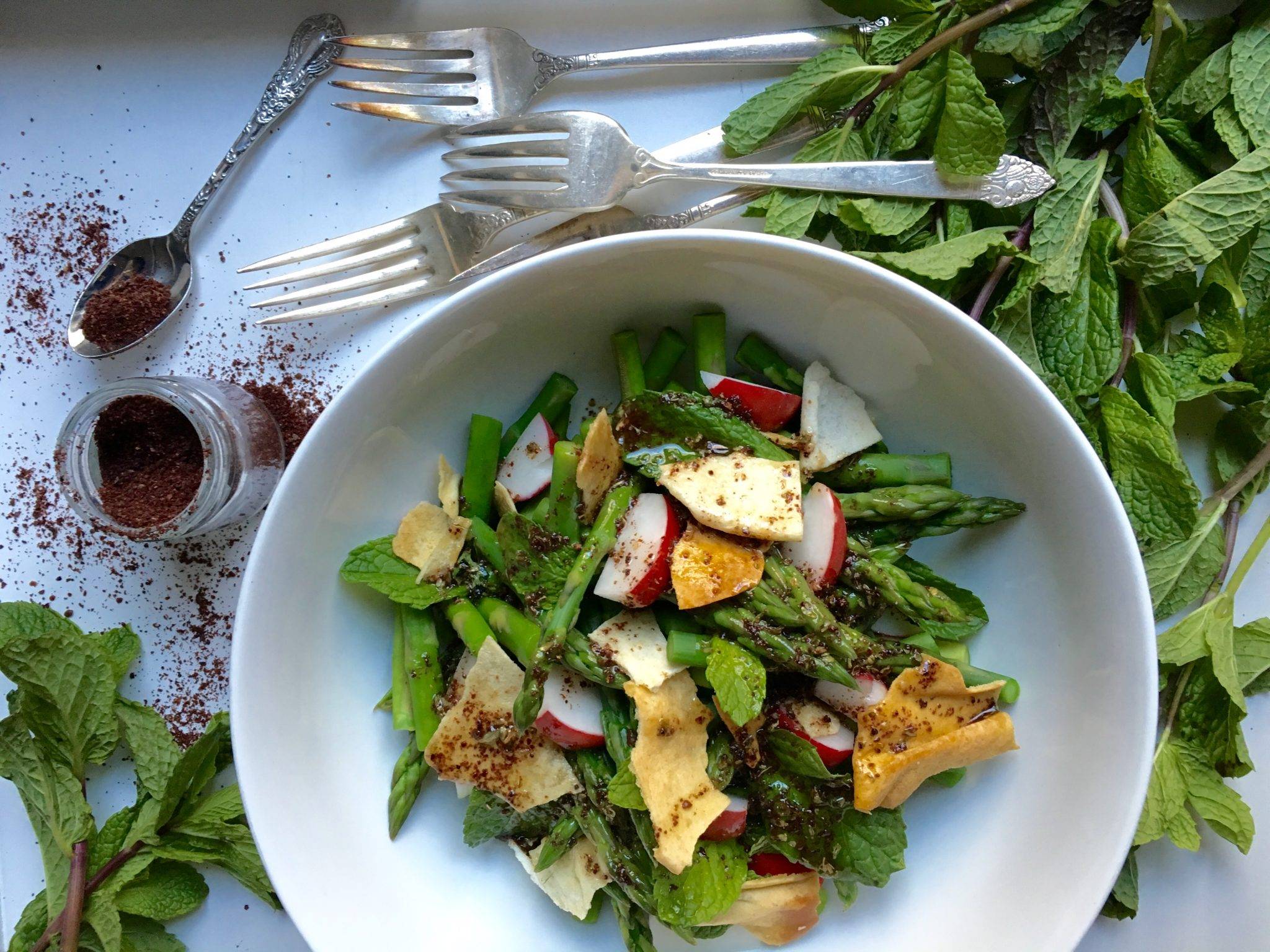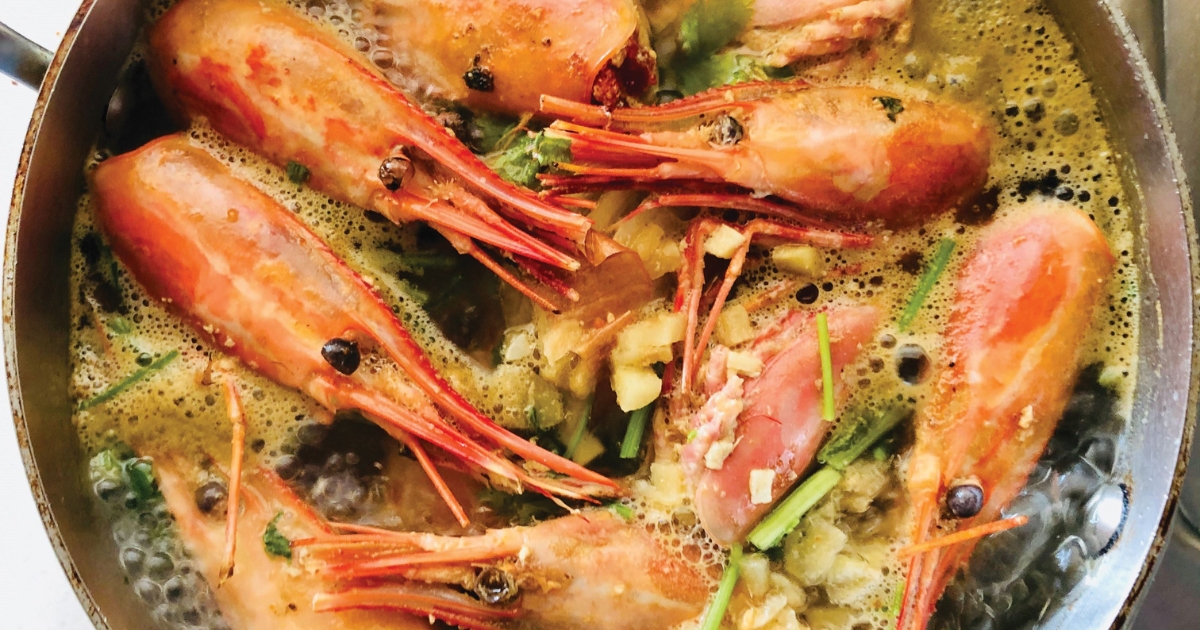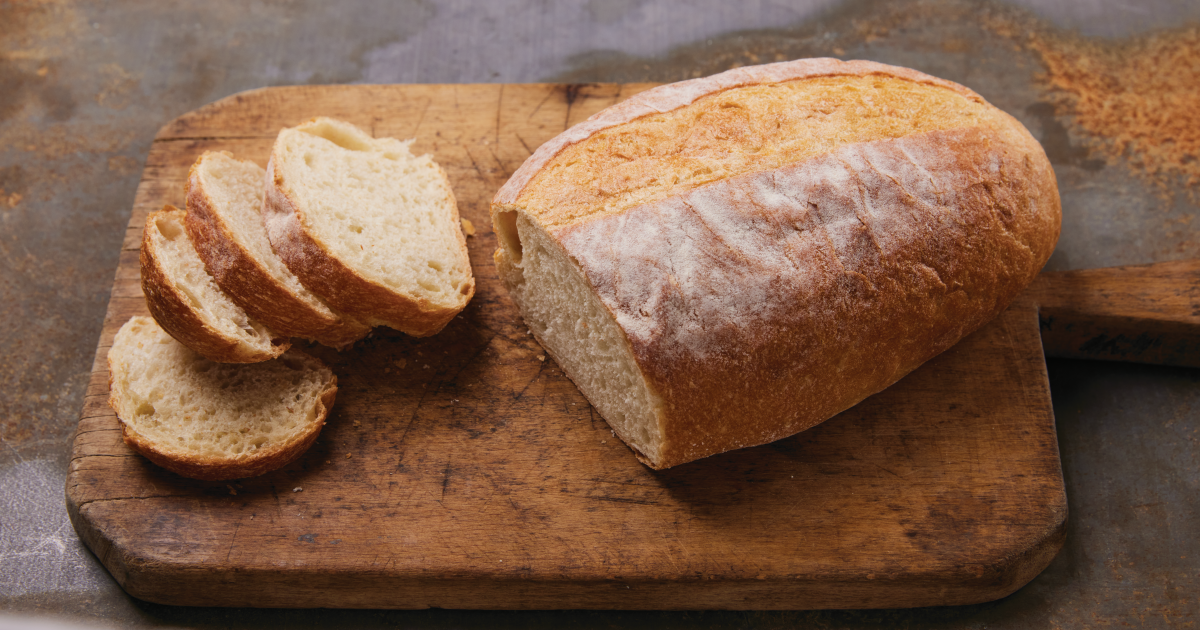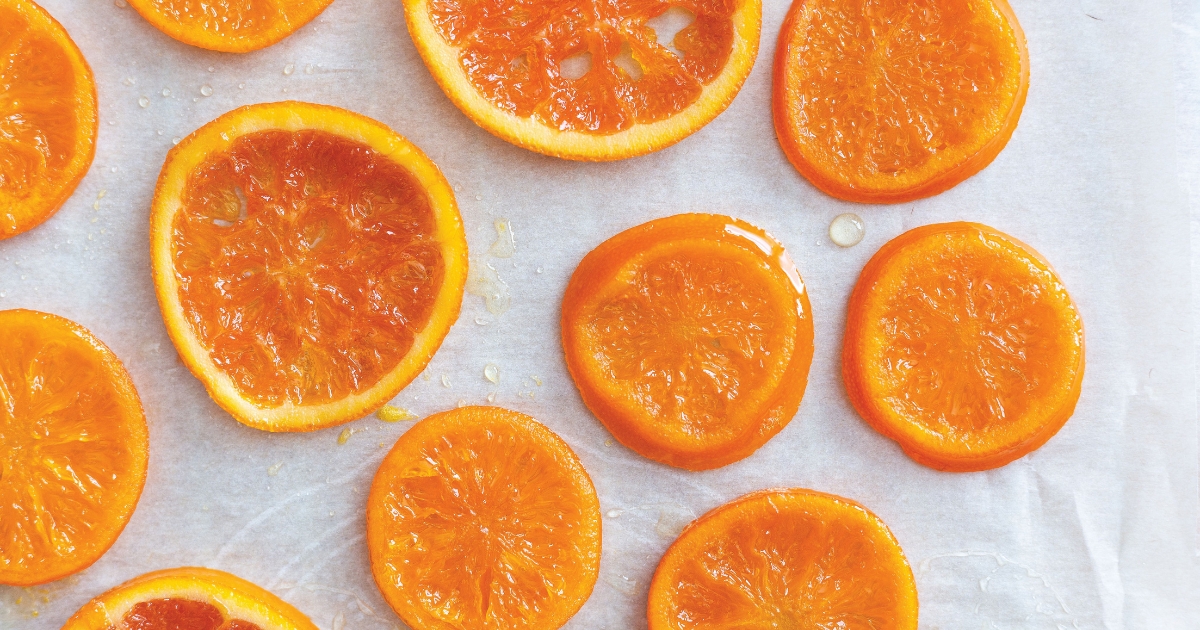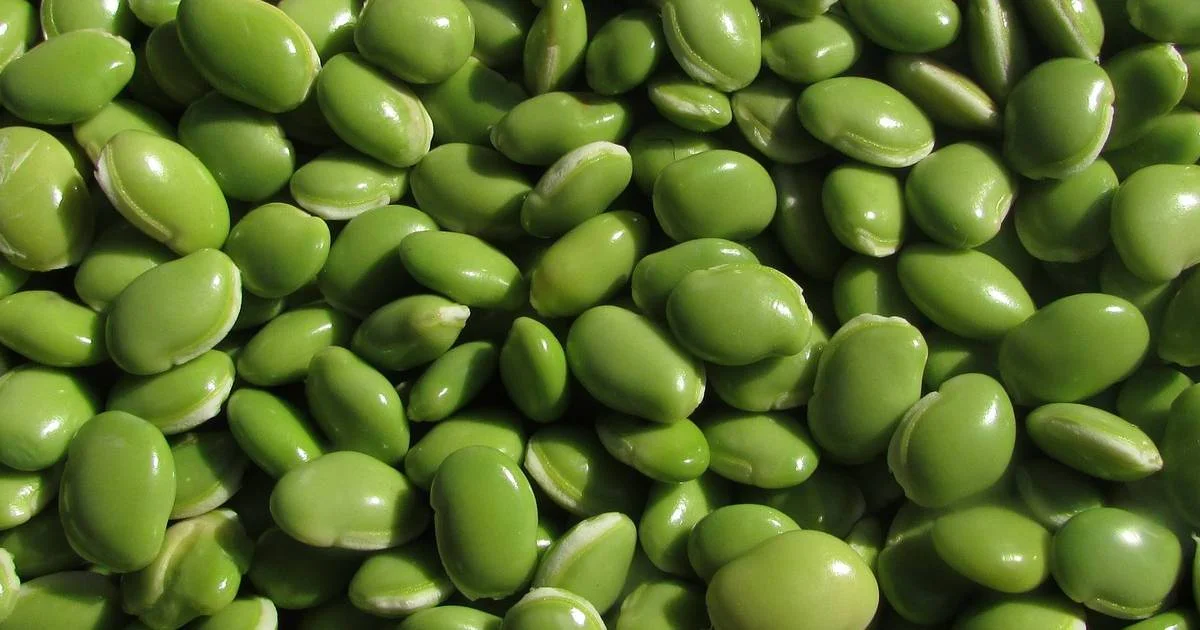Foraging for wild food in Canada is a trend that grows in popularity every year — likely due to more information about what to pick, the health benefits of wild food, and the reality of rising grocery prices. While you can forage on Crown land, it is important to exercise caution and respect for the environment by adhering to harvesting guidelines, which discourage excessive plant collection. Consider the specific area you are in and be mindful of not depleting the resources. Responsible foragers often move on from heavily used patches to allow for natural regeneration. It is essential to note that harvesting any plants listed under the provincial Species at Risk Acts is strictly illegal and should be avoided. And, it must be reminded: Don’t eat anything unless you know what it is.
This delicious salad serves 4.
Ingredients
- 1 bunch, or about 3 cups, wild asparagus (store bought will do)
- A handful of wild mint leaves (any mint will do)
- 4 to 5 large radishes, chopped into bite-size pieces
Pita Chips
- 1 tbsp olive oil
- 1 large, thin pita bread, split into 2 rounds
- Salt
Sumac Dressing
- 1/2 cup olive oil
- 1/4 cup lemon juice
- 2 tsp dried sumac spice (see method)
- 1 tsp dried or 1/2 tsp fresh oregano
- Salt and pepper
Method
Sumac spice: Harvesting sumac is easy: in August or September, simply clip the ripe, red fruit when the cones are full red and before they are browning. To dry the sumac, place it in a dehydrator overnight or under a hot lamp until the clusters are dry and come away from the cone (oven temperatures are usually too high for this, as the ideal temperature is 125°F to 150°F). Pulse the dried sumac in a food processor until it becomes a fine-ish powder. Pass this powder through a medium-mesh sieve to remove any remaining debris. Sumac spice will keep for about 1 year in a well-sealed jar and can be used in many different recipes, including all sorts of Middle Eastern dishes.
NOTE: Though one might have heard of poison sumac, it would be difficult to confuse it with the edible kind: the poison variety is a vine with white berries; the edible variety is a conical red fruit that grows on trees. Sumac is widely available and underused, making it a perfect addition to foraging!
Pita chips: Preheat the oven to 350°F. Drizzle 1 tbsp of olive oil (or more) over the 2 very thin pita bread rounds and sprinkle with salt to taste. Bake until crisp, about 10 minutes. When cool, break the rounds into bite-size pieces and set aside.
Sumac dressing: In a small bowl, whisk together the 1/2 cup of olive oil, lemon juice, sumac spice, oregano, and salt and pepper to taste until well combined. Set aside until ready to use.
To make the salad, chop the fresh asparagus into bite-size pieces and place in a large salad bowl. (If using store-bought asparagus, before chopping, blanch it just until tender but still al dente, about 2 minutes, and then immediately drain and rinse under cold water.)
Scatter the mint over the asparagus, tearing the larger leaves, if desired. Toss together with the chopped radishes. Pour the desired amount of dressing overtop, and serve with a healthy garnish of crunchy pita chips placed on top just before eating.
Joanna Notkin is a designer at heart, and food is her passion. With an eye for detail and a love of all things seasonal and local, Joanna approaches food in a way that is delicate and thoughtful. She brings together the flavours of each ingredient while honouring the fact that we truly eat with our eyes.

